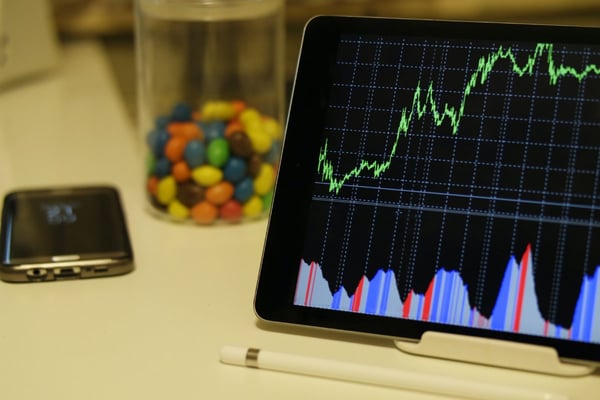Major corporations, IBM for example, are creating plans for smart cities. Smart cities will include smart buildings. Someone needs to design and build these buildings, which will range from office space to residential homes and apartments, warehouses and storage facilities, utility buildings and water plants. Adopting smart technology in green building is a key part of building a smart city.
In order for developers and builders to remain relevant, allowing them to bid on these projects, they must first learn the ins and outs of green building. But that’s not where the education ends. In fact, it’s just the beginning. Aside from green building, companies which want to partake in these projects also need to learn about smart technology.
Consumers are becoming more and more focused on going green, on reducing their own waste and carbon footprint to protect the Earth and our environment. Smart technology is one of the ways consumers are reducing waste, by going digital. Everything from smart refrigerators to smart buildings which can detect energy usage and adjust window or roof settings to obtain max efficiency. Learning these things is a major factor in being considered to build in these upcoming smart cities.
If you are already in the green building business, you are halfway there. Your next step is to understand smart technology and the individual parts that go into a smart building. There are items that are integrated as part of the building process, for example, proper cabling and water efficiency protocols. Then there are the pieces that go in after construction, like smart appliances and solar panels.
There are a variety of items that go into a smart building, just like there are a variety of ways to build green. The best part about adopting smart technology in green building is that it only increases the green aspect of the building. The idea of green building is to make sustainable buildings that last, are energy efficient, reduce your carbon footprint and have a minimal impact on the surrounding environment. Smart technology only aids in that endeavor. Smart appliances are energy efficient. Solar panels are a renewable energy source. Using windows which automatically adjust their own tint to reduce the building’s energy use make a building sustainable. All are technology. All are green.
And those aren’t the only pieces of technology that are considered smart. Water efficiency protocols are green, and there is tech that aids with those protocols, tech which can automatically adjust itself as needed. Lights that turn off after not sensing movement in a room for a certain amount of time. Thermal readings that tell a building to activate a heating or cooling system. Cool roofs that block added heat and reduce strain on cooling systems reduce energy use.
There are many ways to adopt smart technology in green building, and nearly every single piece of smart tech can also be considered green. Green is what consumers want worldwide. Green may seem like a trend, but the reality is that it isn’t going anywhere. Humans are figuring out that if we want to see our planet and our race survive, we have to take care of the Earth and reduce the impact we have on it. Smart technology and green building are two ways to get that done, both of which will yield reduced costs, higher profits and help builders gain a reputation that consumers can get behind.

Recent Posts
- Spec Home Loans: Complete Guide to Construction Financing for Builders
- Spec Construction Loans: A Spec Line of Credit Is Worth the Paperwork
- Spec Homes and Pre-Sale Homes: Relative Benefits for a Spec Builder
- Spec Construction Success: Insights for the Investor Builder
- How Is a Spec House Different From Other Kinds of House Construction?
